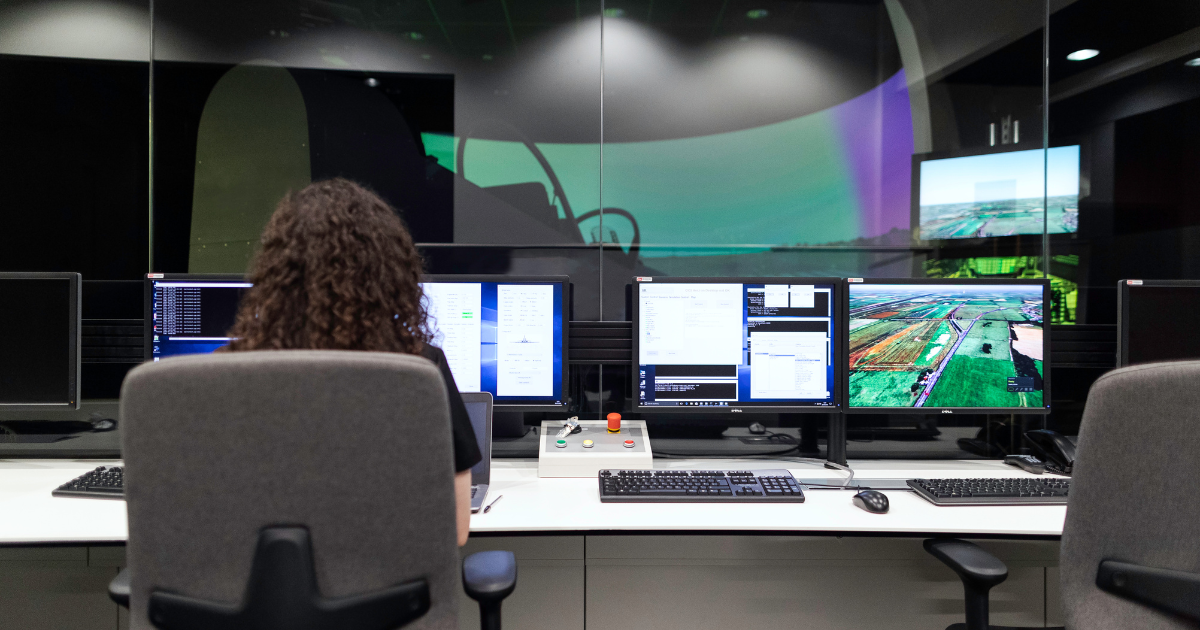Quality assurance (QA) is an essential process in software development, ensuring that products meet the required standards of quality, functionality, and usability before they are released to the public. Continuous integration (CI) is a practice that can improve the QA process by automating the integration of code changes into a shared repository.
In a continuous integration environment, developers must integrate their code changes into a shared repository daily. Each time code is integrated, an automated build process is triggered, which includes running automated tests. This allows QA teams to detect and resolve issues early in the development cycle, improving the final product’s quality and saving time and money.
CI also allows for more efficient testing, allowing QA teams to test new code changes frequently and quickly. This results in more accurate and reliable test results and helps ensure that the product meets the required quality standards.
One of the significant benefits of CI is that it allows for faster delivery of new features and bug fixes to customers. By detecting and resolving issues early in the development cycle, CI helps to reduce the number of defects in the final product, which leads to a better user experience.
Continuous integration is a practice that can improve the QA process by automating the integration of code changes into a shared repository. By detecting and resolving issues early in the development cycle, CI helps to improve the quality of the final product, saves time and money, and allows for faster delivery of new features and bug fixes to customers.



